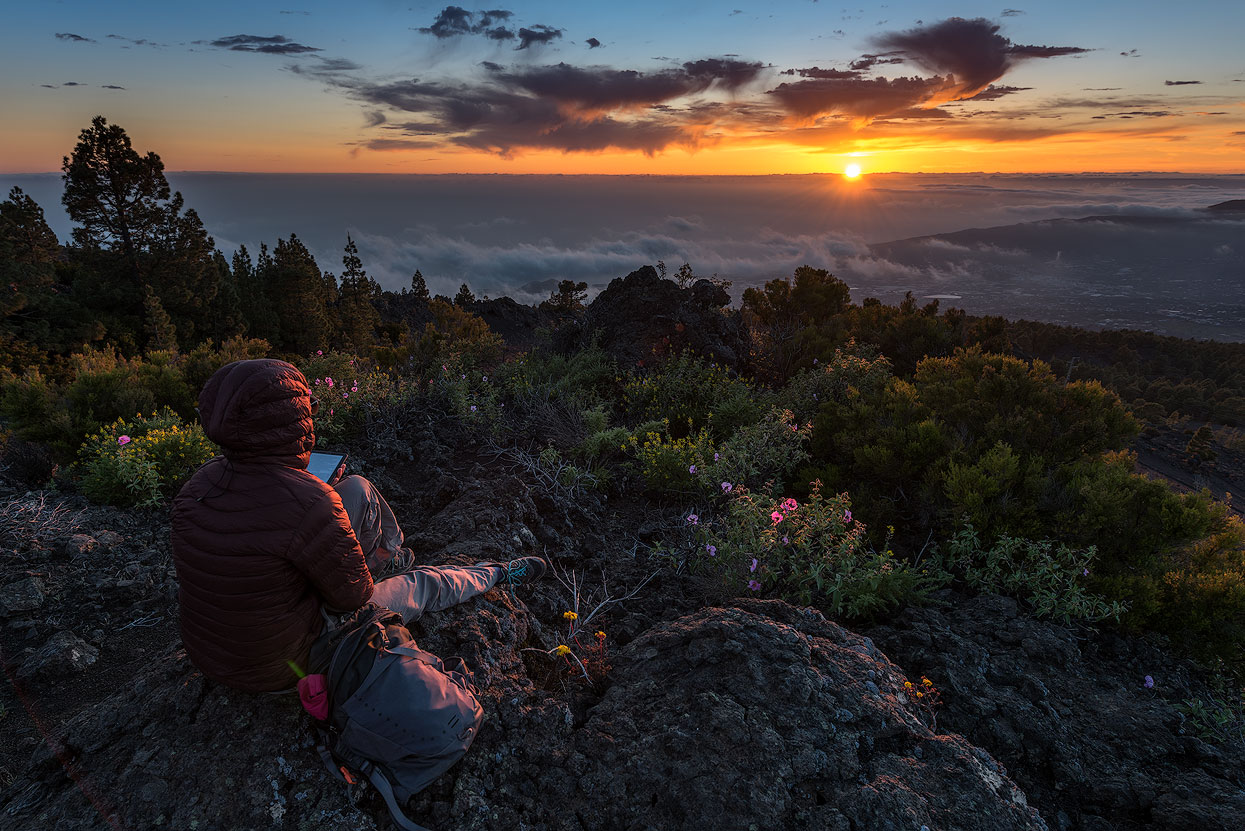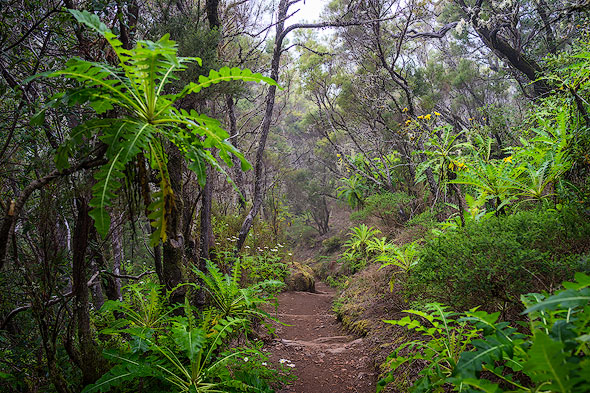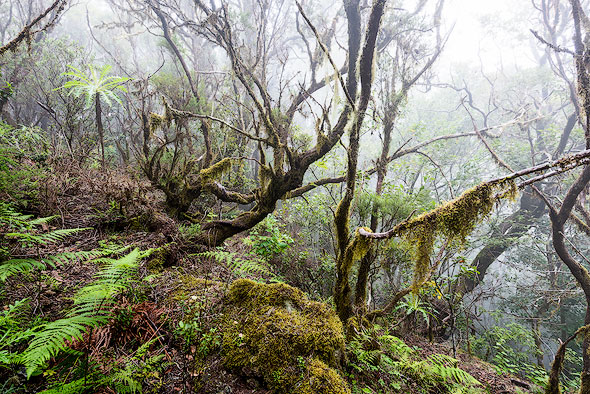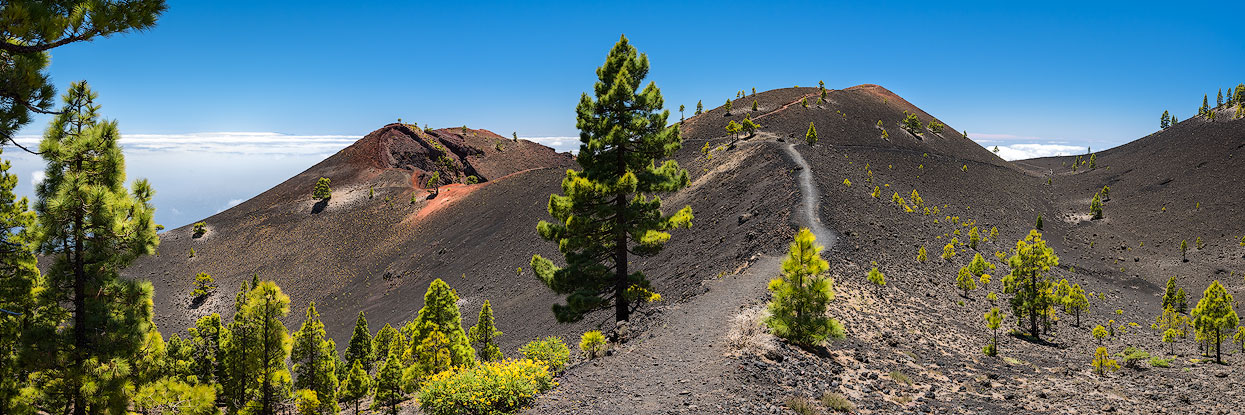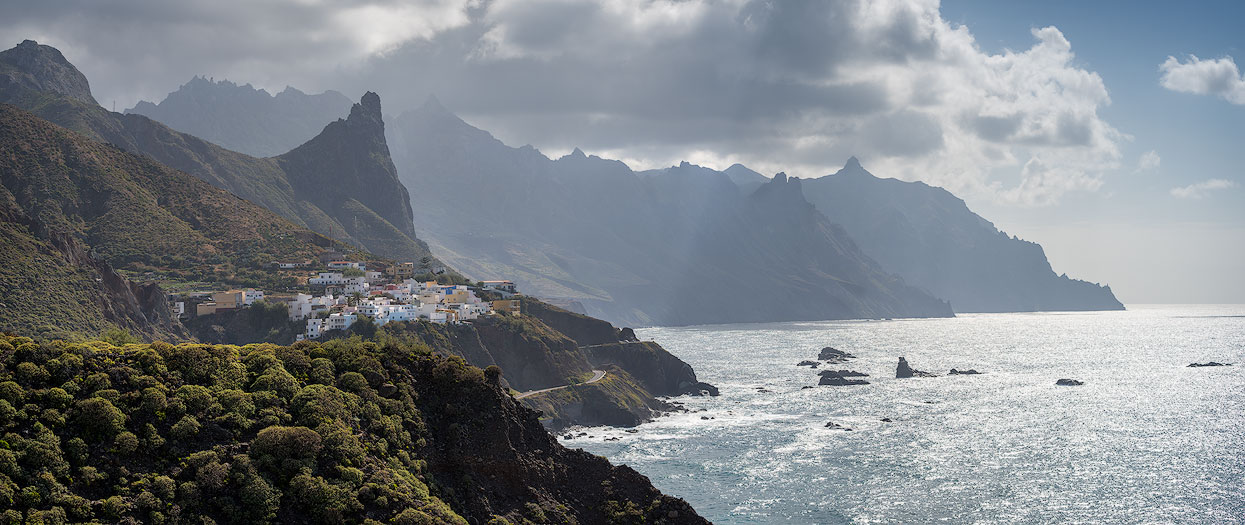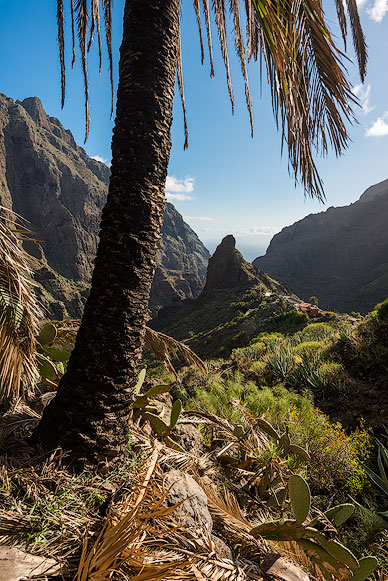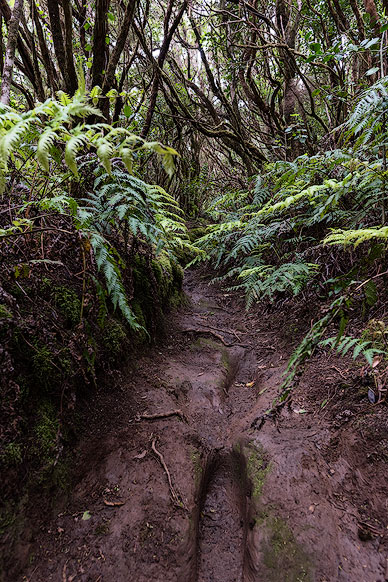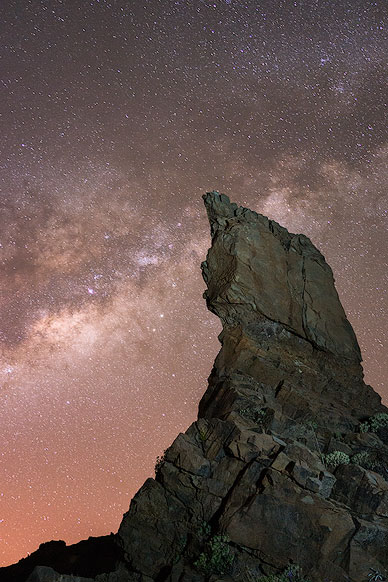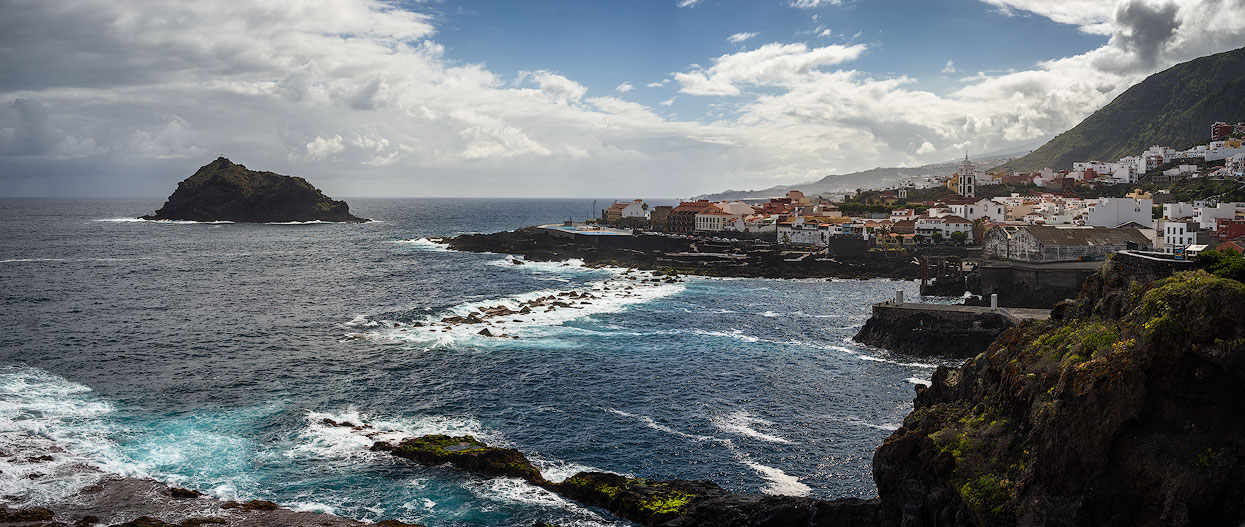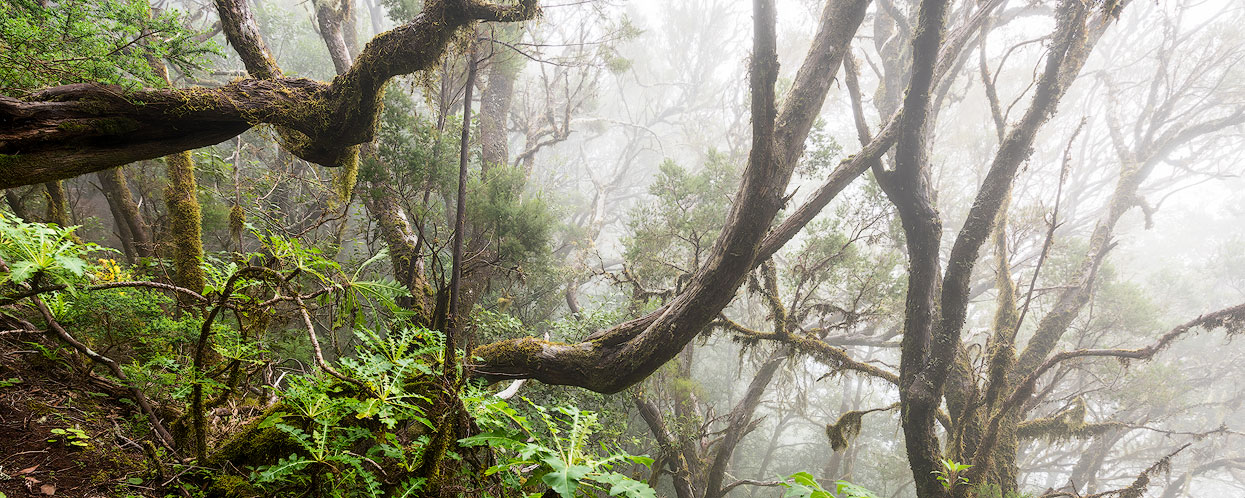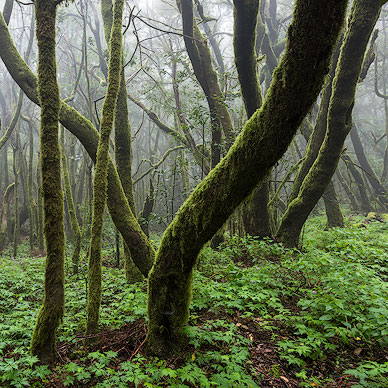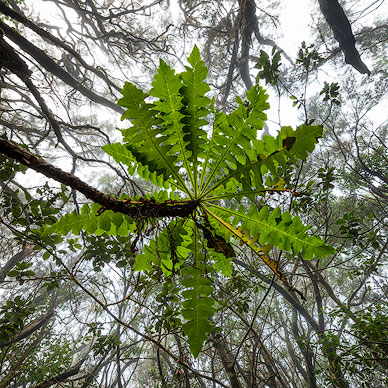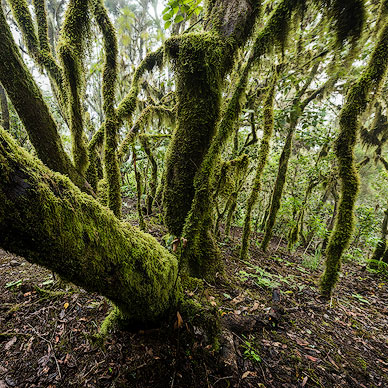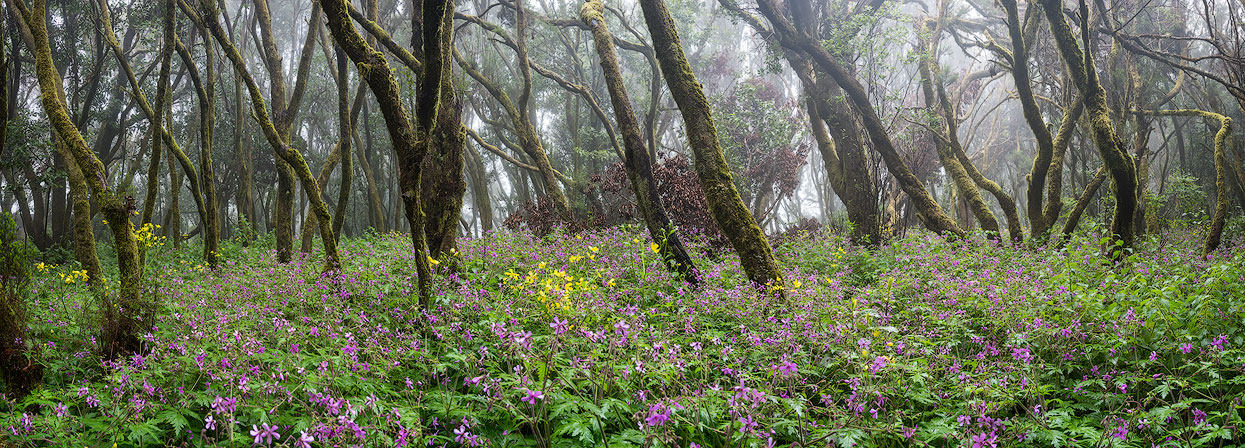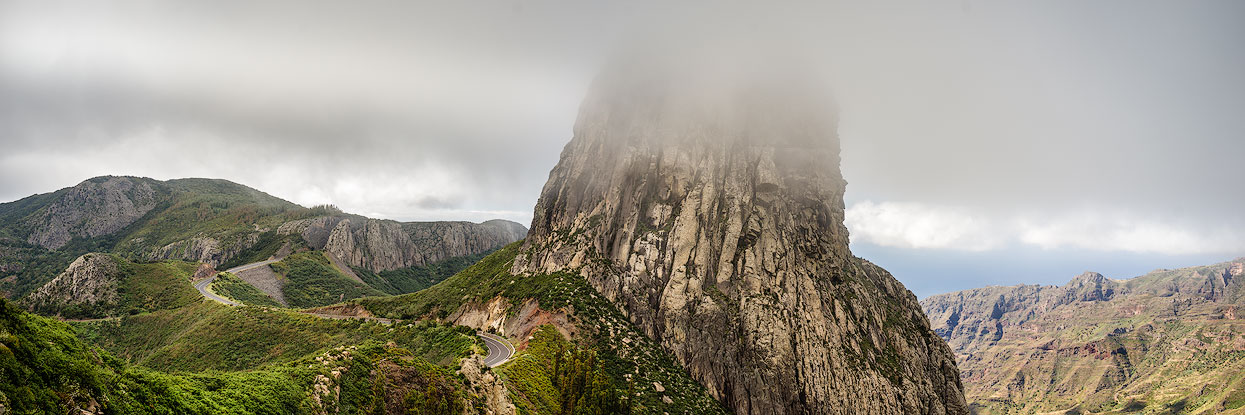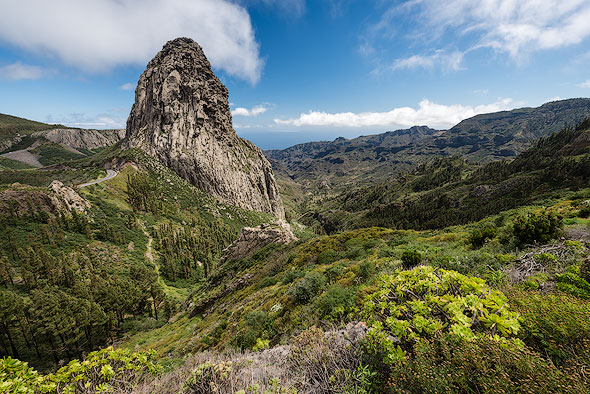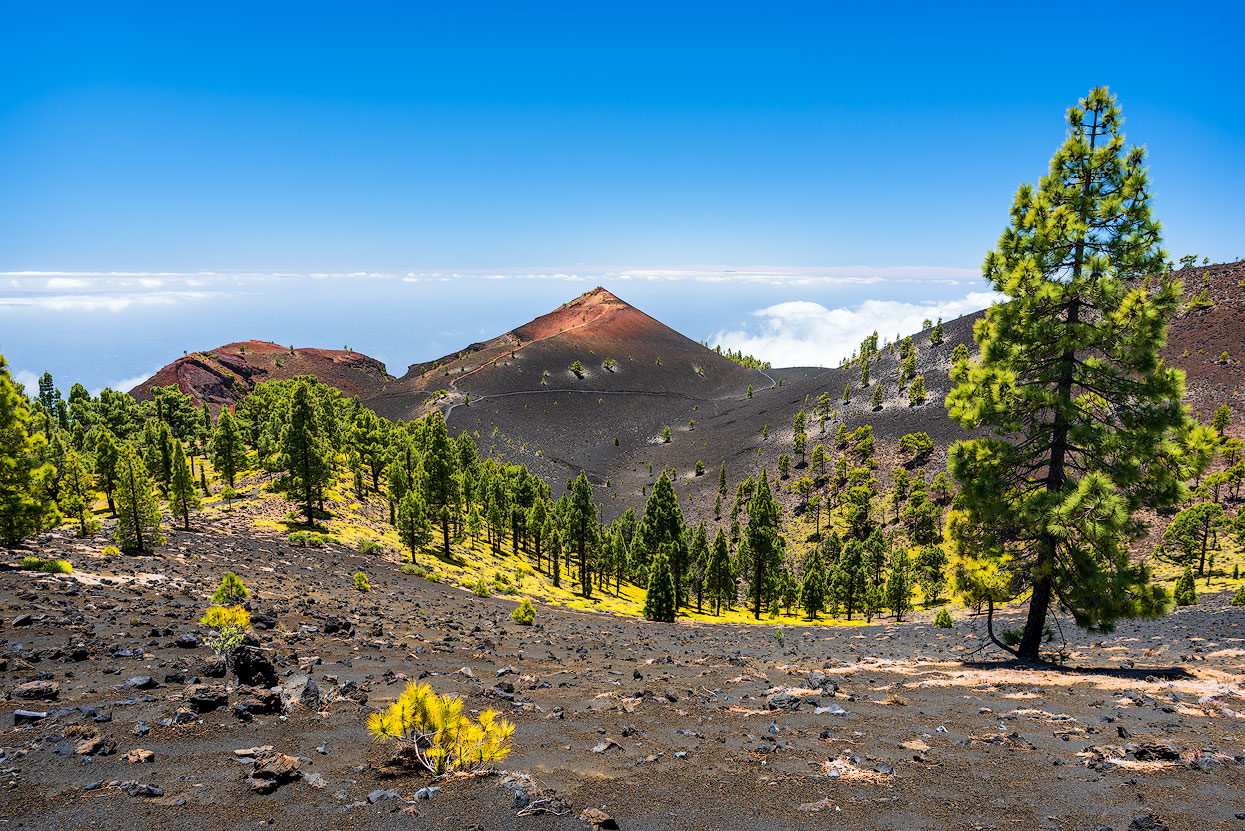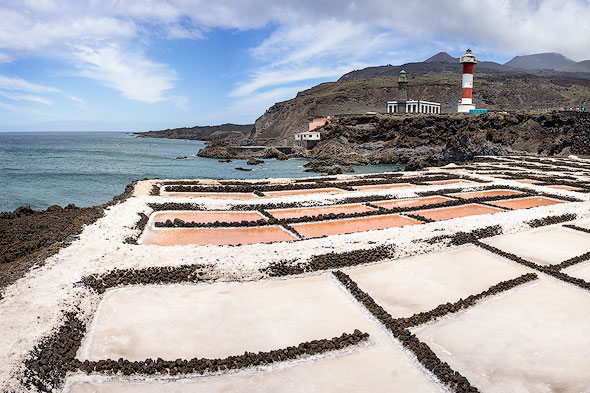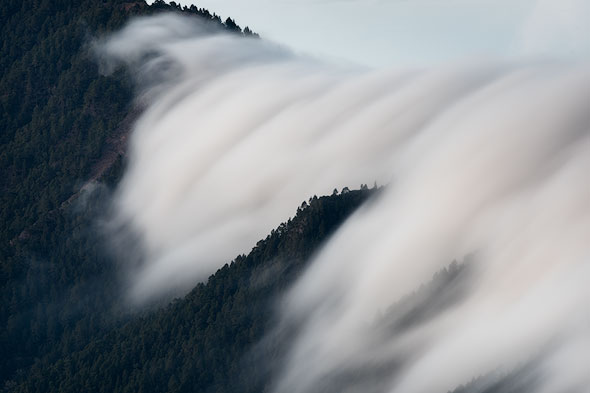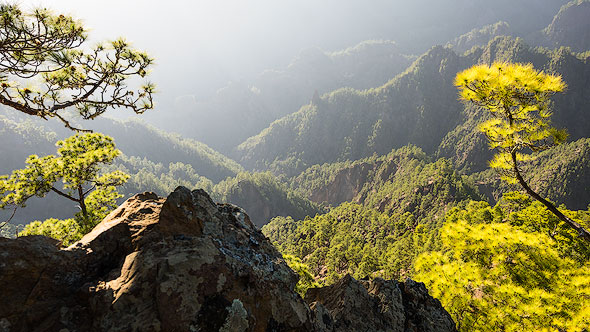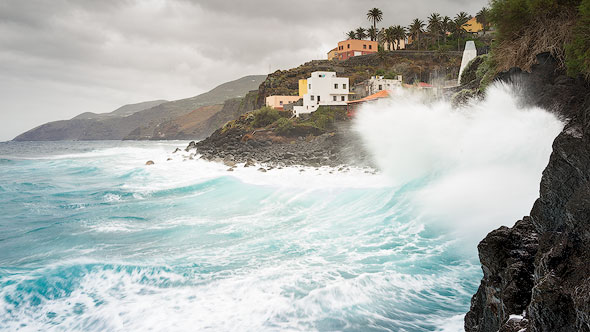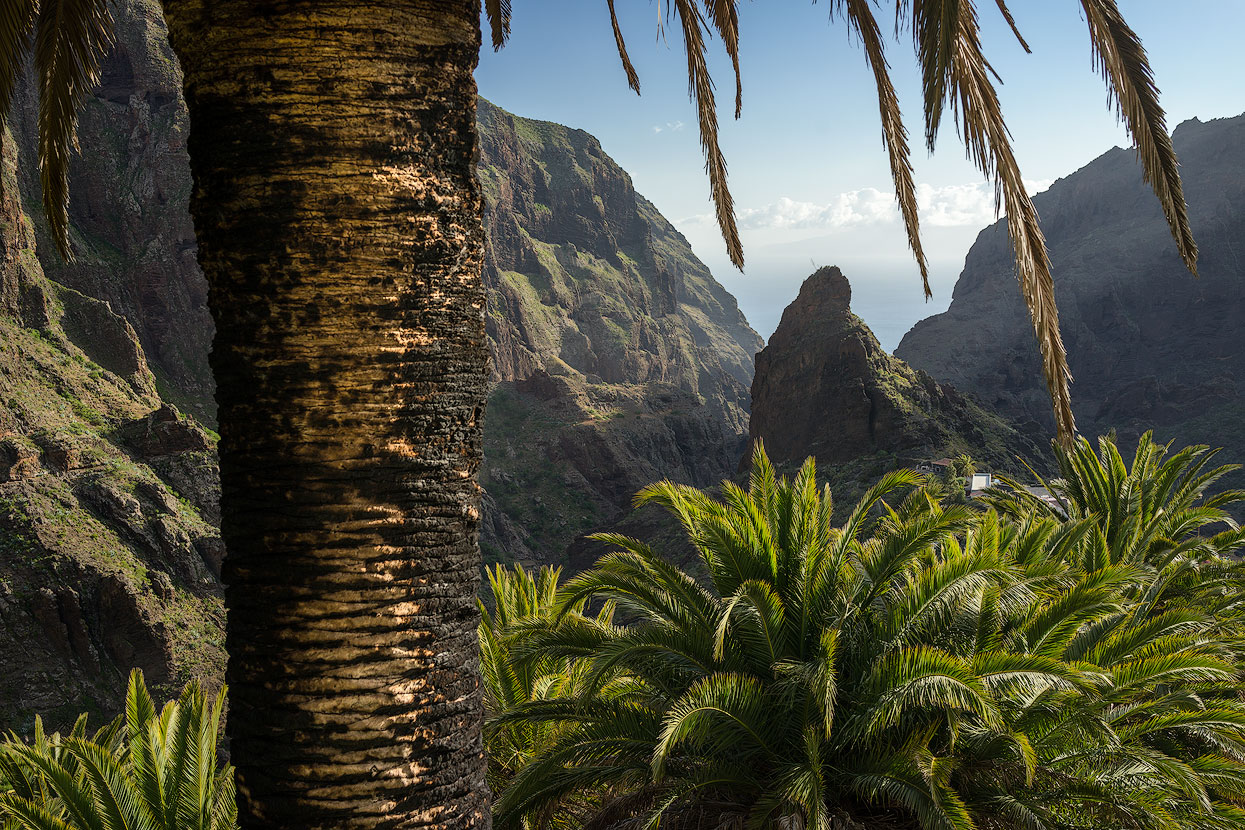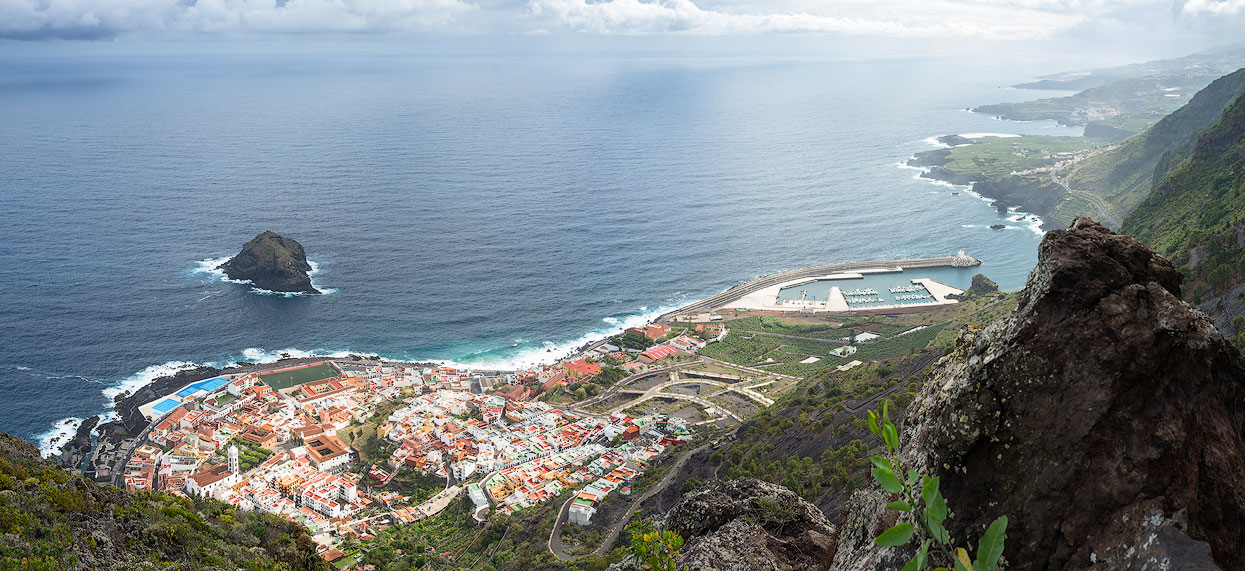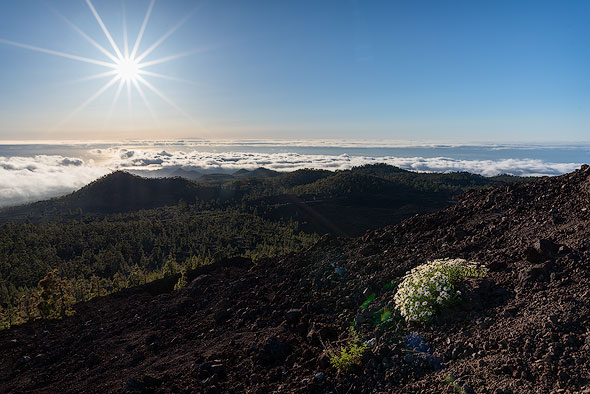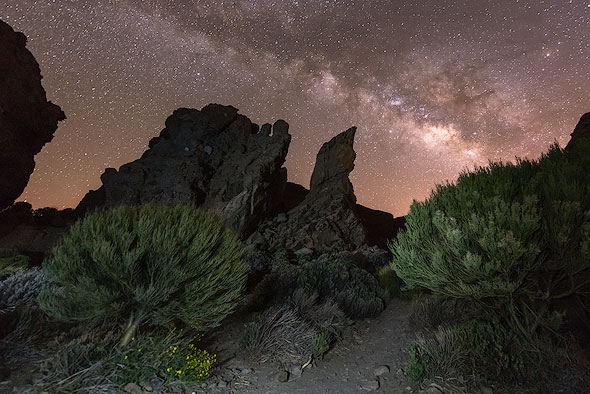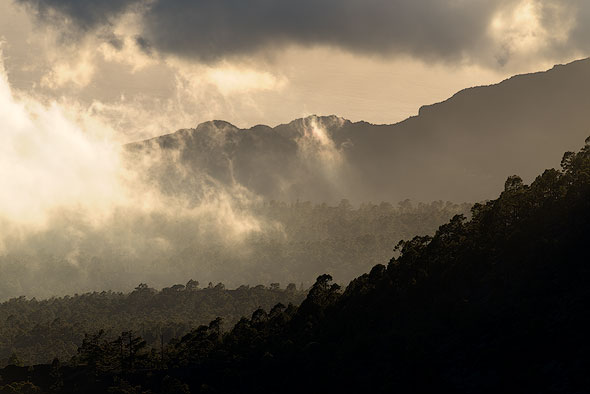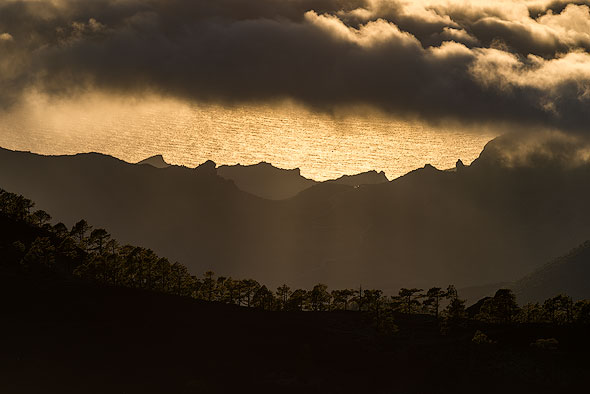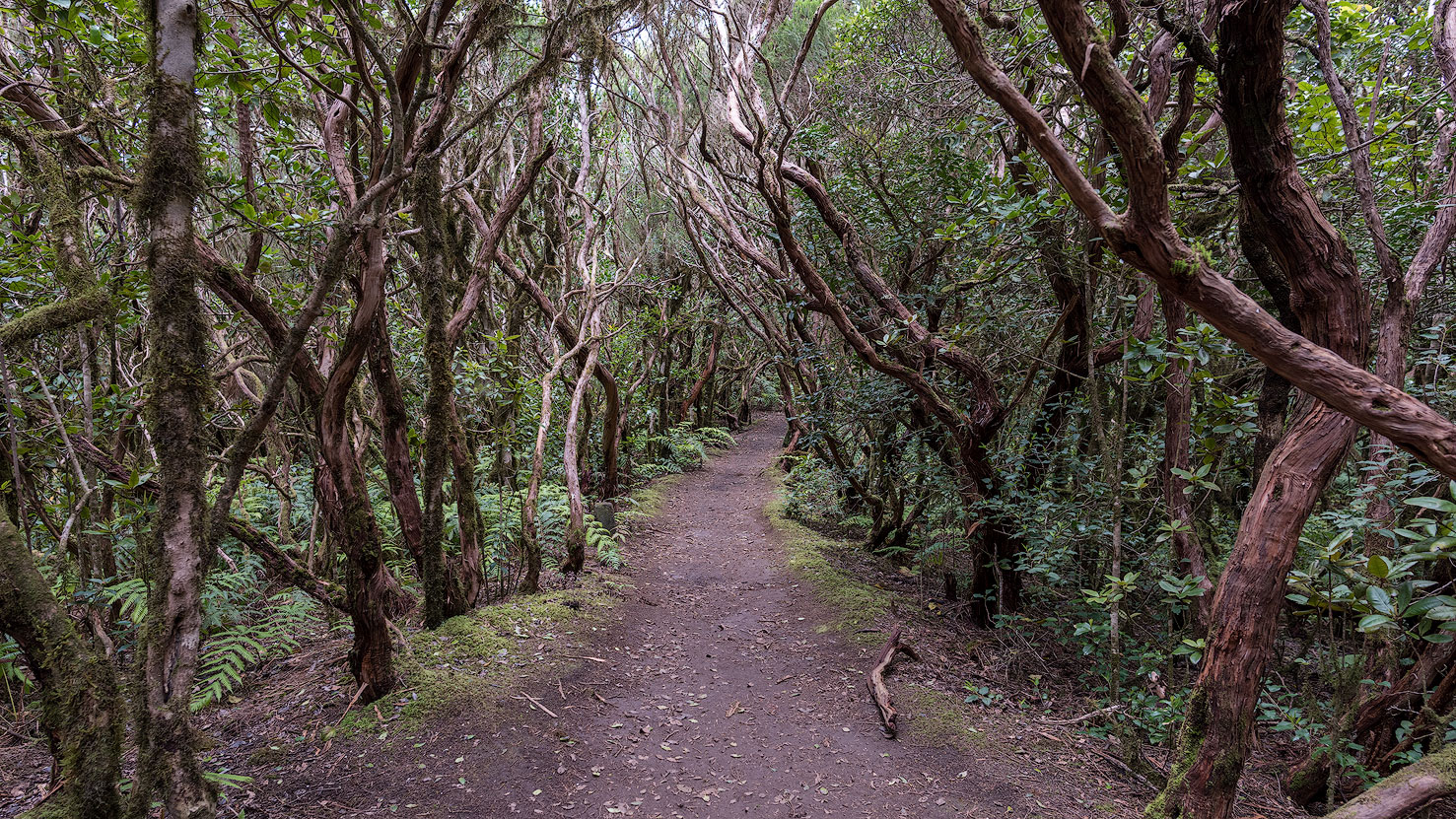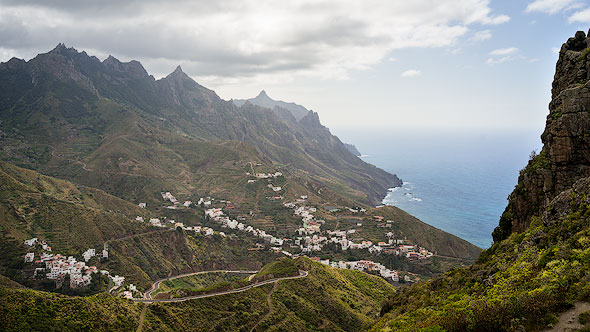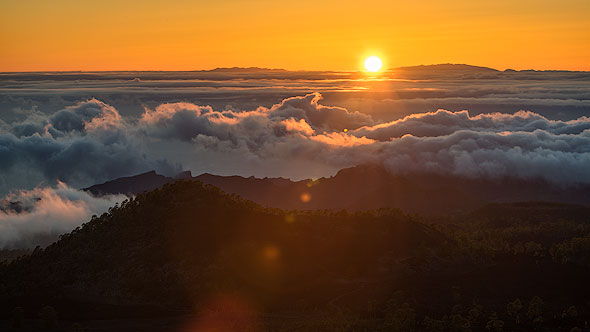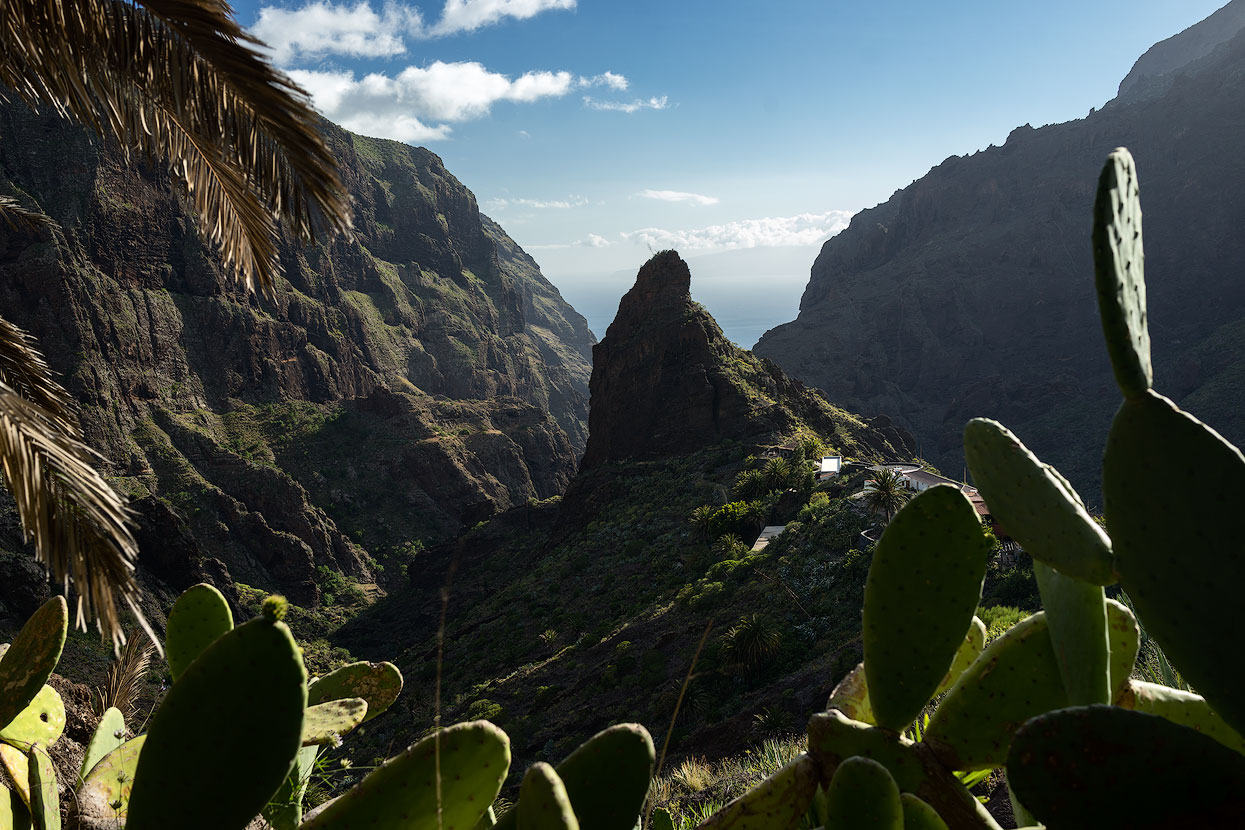Canary Islands
With impressive volcanic landscapes, stormy coastlines, and the world's oldest laurel forests, the Canary Islands offer a full range of contrasting landscapes.
Why travel to the Canary Islands?
For a long time, the Canary Islands weren't on my travel radar. Unfortunately, as it turned out! Allegedly, this region has a bit of an image problem: anyone who traveled there, I had mistakenly assumed, were either the young looking to party 24/7, retired fans of organized tours, or cyclists with a preference for as many curves and altitude changes as possible. Add to that that I'd already been to Réunion and Madeira, both fantastic volcanic islands, and had assumed that the Canary Islands could do no better.
So what happened that put the Canary Islands on my radar?
First, because I had been clicking and reading my way through photo-sharing platforms, travel reports, books, and magazines, and, second, because this destination fit perfectly into our fixed, 12-day travel window in May. Swiss airline Edelweiss had a cheap direct flight on offer for exactly these dates, which turned out to be pure luck, because we were making last-minute reservations. So we decided spontaneously to take our vacation in Tenerife against other options such as Sicily, Corsica, and Sardinia.
Travel planning
As a rule, I invest a lot of time in good, well thought-out travel planning. This time was different: we simply did not have enough time. So after the flight to Tenerife was booked, we had to choose which of the islands to visit and create an itinerary. What can be done in 10 days? Which islands do we want to visit? When and how often do the ferries sail between the islands? And can rental cars be taken from island to another?
Choosing the islands to visit
Due to our interests and preferences as well as the available ferry connections, we limited our planning to Tenerife, La Gomera, and La Palma.
With these, we hoped to get a good mix of volcanic landscapes, laurel forests, sea, mountains, and astronomy, all this with plenty of opportunities for photography and hiking, of course.
Our 7 highlights and top spots
- Volcano and crater walks on La Palma
- Salt saline and volcanoes in the south of La Palma
- Laurel forest in the Garajonay National Park on La Gomera
- Coast and some villages (Agulo / Hermigua) on La Gomera
- The northwest of Tenerife
- Astro tours and photography on La Palma or Tenerife
- Mount Teide and surroundings on Tenerife
Itinerary
The itinerary was primarily based on ferry connections, the number of days required per island, and the lunar calendar (a new moon offering the best photographic conditions). Due to our last-minute decision to travel there, many ferries were already booked. For the new moon, we really wanted to be on La Palma or Tenerife in order to admire the starry sky in complete darkness. So we decided to travel by ferry to La Gomera immediately after landing in Tenerife. After two days on La Gomera, we traveled with the evening ferry to La Palma. After 4 days there, we took the ferry back to Tenerife first-thing at 5:30, where we spent the final 3 days of our vacation.
Car rental
In Tenerife and the Canary Islands in general, you get great value for your money when renting a car. We rented a compact Opel Astra for 10 days for just €120 including insurance. But be careful when choosing a car rental company! We wanted to book our car first at Sunnycars and (fortunately) noticed the fine print before clicking the submit button: No insurance coverage of vehicles taken to other islands. After a short search, we opted for CICAR, which, for the same price, covered trips to other islands in the archipelago. Everything went well with the rental experience. We picked up the keys in record time right at the airport and drove off a few minutes later.
Ferries
Fred Olsen, the Canarian ferry service, had a trip from Tenerife to La Gomera on offer for the night of our arrival. The ferry ride cost more than the car rental for 10 days! Nevertheless, we wanted to take our “own” car with us and not rent a new one on every island. It costs a bit more, but saves a lot of time.
Camping, guesthouse, or hotel?
Unfortunately, there are very few campsites on the three islands (and probably the rest of the Canary Islands), so we decided to leave the camping gear at home. One week before departure we booked the hotels for the first 4 nights and were amazed that many towns and regions were already booked. Numerous apartments are also listed on AirBnB, so you should still be able to find accommodation at short notice (for just two people at least). The remaining hotels we booked on the way, so we were flexible and could adjust the itinerary at short notice as necessary.
La Gomera
The second smallest of the Canary Islands is still very relatively pristine and offers nature lovers a true and diverse natural paradise. The unique ecosystem of the Garajonay National Park, which occupies about 10 percent of the island's area, is a UNESCO World Heritage Site.
The short crossing to La Gomera makes it a popular destination for day trips from Tenerife. In the evening, when the tourists are on their way back to Tenerife, the streets and the small villages become very quiet. But even during the day there is little traffic compared to La Palma or Tenerife. Island life on La Gomera is laid-back and idyllic, sometimes it seemed almost deserted and sleepy. In any case, La Gomera is a good place to relax and enjoy hiking, photography, and life in general.
Cloud forest at Garajonay National Park
Not only can you enjoy the fine local specialties, but also the world-famous laurel forest in Garajonay National Park. The laurel forest, also known as the cloud forest, is the largest contiguous evergreen rain forest in the world and was the highlight of our time on La Gomera. Thick fog wafts through the forest, especially early in the morning. It drips from the leaves and it feels like stepping into a fairy tale. This forest is simply fantastic for photography! We barely made any headway, because with each step, we saw new things that we wanted to record digitally.
Definitely bring a rain cover (also for the camera), a tripod, and cleaning material for the lenses. The best time to visit is early in the morning; those who visit the forest in the afternoon will miss the wonderful atmosphere with the passing wet fog.
Miradores de Los Roques
Five ‘guardians of rock’ watch over the entrance of Garajonay National Park as you approach from the capital of San Sebastian. These enormous rounded blocks were formed by magma that never came through the earth’s surface and were then made visible by erosion. Today they protrude dramatically from the island’s green forest canopy like sentries. This group of viewpoints in Los Roques offers stunning views of the landscape and is part of the UNESCO Biosphere Reserve of La Gomera.
The best views of the Agando rock
Driving up from San Sebastian on the TF-713 road the first viewpoint appears before you. Divided into two parts by the road, it is set between the rocks of Agando and La Laja. Enjoy the spectacular sunrises over the mountains of northern La Gomera (with the island of Tenerife in the background) and the beautiful sunsets that tinge the 180-metre high Agando rock with wonderful shades of red. O your way to the top, another three viewpoints offer excellent views of the rocks of La Zarcita, Carmona and Ojila and impressive panoramas of El Gato ravine to the south.
La Palma
La Palma, the greenest of the Canarian islands, offers the chance to experience real, unspoiled nature – from the verdant forests of the north, where lush vegetation drips from the rainforest canopy; to the desertscapes of the south, where volcanic craters and twisted rock formations define the views; to the serene pine forests of the Parque Nacional de la Caldera de Taburiente. No wonder the entire island has been declared a Unesco biosphere reserve.
Like all of the Canary Islands, La Palma is of volcanic origin. Located in the center of the northern part of the island, Caldera de Taburiente National Park clearly shows how the island was formed. Here at the edge of a huge crater with the Roque de los Muchachos is the highest point of the island, some 2400 m (7800 ft.) above sea level.
Stargazing on La Palma
Adrift in the Atlantic, with clear skies and minimal light pollution, La Palma offers some of the planet’s best stargazing – officially: in 2012 Unesco designated this island the world’s first Starlight Reserve. At the important observatory perched on the island’s highest point at 7,960ft, Roque de los Muchachos, a dozen arrays – including infrared, gamma-ray, solar and the world’s largest single-aperture optical telescope, the 34ft-diameter Gran Telescopio Canarias – peer up at the skies. But though guided public tours of the facility run several mornings a week, nocturnal visits aren’t allowed. To see these astronomical marvels, book a stargazing tour with Ad Astra.
Tenerife
Tenerife, the largest of the Canary Islands, promises many lasting impressions and experiences in every part of the island. The varied landscape and different climatic zones results in sunny coasts, dream beaches of all stripes, lush green valleys, the highest mountain in Spain, imposing craters, and spectacular gorges.
Steep, rocky cliffs and rugged mountains in the northwest
Tenerife was the last stop of our island-hopping tour. Our ferry arrived early in the morning at Los Christianos and we drove straight to the northwest of the island. Santiago del Teide is a good base for exploring the northwest.
Tenerife is clearly more touristy than La Gomera and La Palma; you can feel it especially in the pretty mountain and coastal villages such as Garachico or Masca. It's worthwhile to do things backwards in these parts and keep your visit to Masca until late in the evening. By that time, most of the tour buses will have left and the lighting there is the best in the evening. The small village in the middle of the rugged mountains is definitely one of the most beautiful spots in the wild northwest of Tenerife.
Volcanic landscapes around Pico del Teide
The Pico del Teide, the highest mountain in Spain, is one of the most famous sights in Tenerife. If you want to enjoy the scenery in peace, it is worth spending the night in Parador de Cañadas del Teide. At about 2200 m (7200 ft.) above sea level, you can capture great shots of the Milky Way with spectacular volcanic rocks such as the Roques de García providing an impressive foreground.
We photographed the sunsets just below the crater on the TF-38. A beautiful 360° panorama opens up over the small volcanic craters.
Shortly after sunrise, thousands of visitors are transported to the mountain in tourist buses every day. This, unfortunately, makes quick work of the peace and quiet, but Pico del Teide is at its most beautiful between sunset and sunrise anyway.
The Parador de Las Cañadas del Teide is a mountain lodge hidden amidst the scenery, with spectacular panoramic views of the volcanic cone, Çhaorra caldera and Montaña Blanca. Here the air is clean and refreshing. The sea of clouds makes it an idyllic spot and the sky brings its stars close.
Through the laurel forest to the sea in the Anaga Mountains
Mass tourism seems to have left little trace in the northeast of Tenerife. The region is often referred to as the garden of Tenerife due to the landscapes full of flowering, exotic plants. Pine and laurel forests extend into the cliffs. Here the azure blue sea and the green forests meet carpets of yellow and red flowers.
The northeast of Tenerife is framed by the legendary Anaga Mountains with their rugged rock formations standing as evidence of previous volcanic activity. The climate is also cooler and rainy, which is very important for the vegetation. The northeast is home to several small, tranquil mountain villages.
